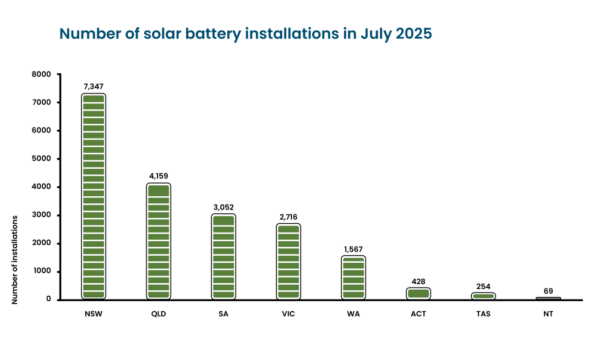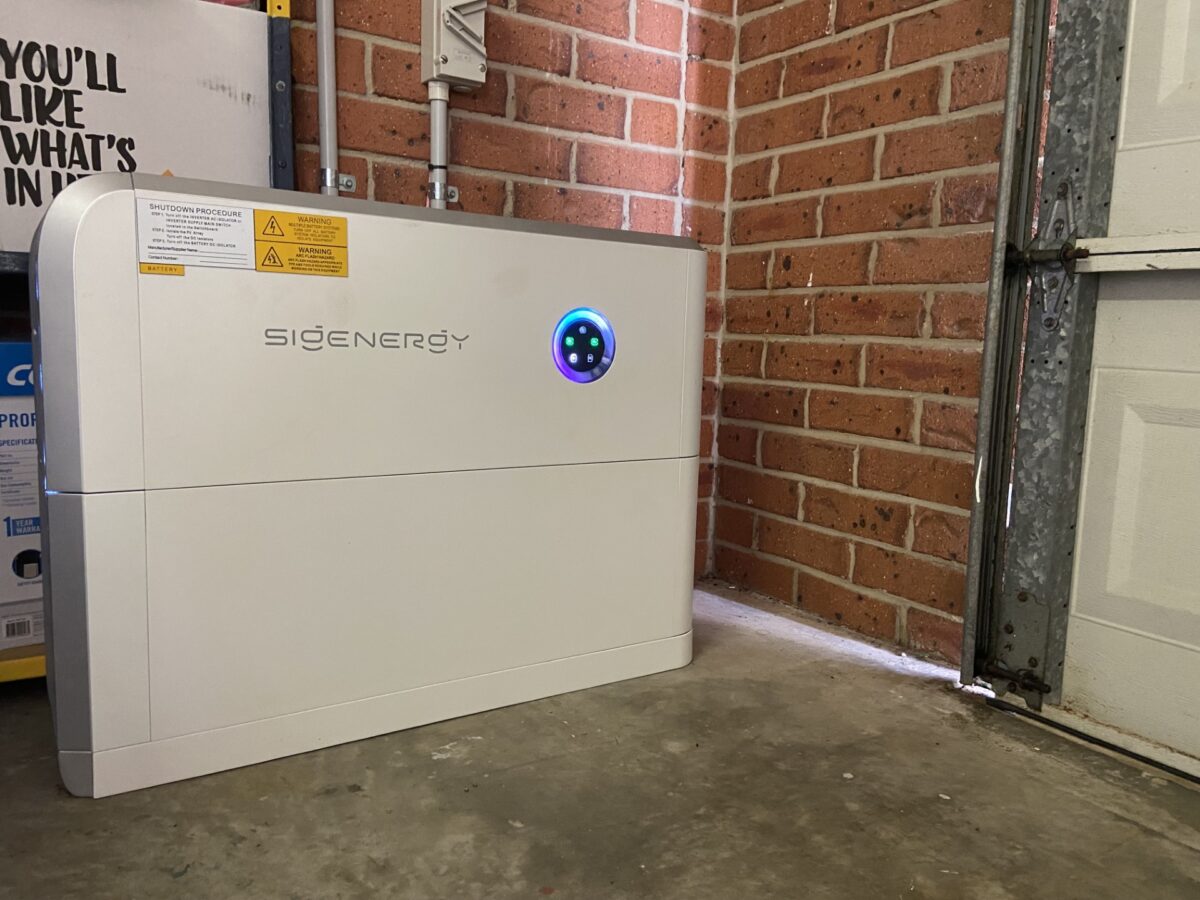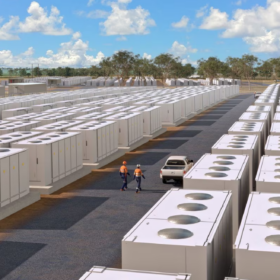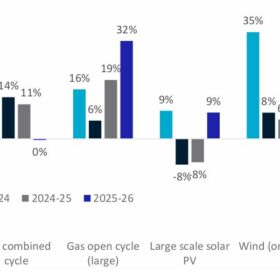The Australian Competition and Consumer Commission (ACCC) has warned battery and solar suppliers and electricity retailers their sales practices must meet scrutiny as demand for home batteries booms following the introduction of the federal government’s solar home battery rebate scheme.
Since the launch of the federal government’s $2.3 billion Cheaper Home Batteries Program on 1 July, more than 19,500 home battery systems with a total nominal capacity of almost 345 MWh have been registered for subsidy support through the scheme. The rebate covers approximately 30% of the cost of installing a small-scale solar battery.

To ensure that consumers receive the full benefit of the program, ACCC Commissioner Anna Brakey said the commission will be actively monitoring conduct by all supply chain participants, warning that retailers and installers must act in the consumer’s interest.
“As more Australian households switch to battery and solar plans, it’s important that the deals on offer are fair, accurate and easy to understand,” she said.
“The ACCC will be watching carefully and actively monitoring consumer complaints. We will hold solar and battery installers, retailers and suppliers accountable to ensure they comply with Australia’s consumer laws.”
Brakey added that consumers should “not feel pressured to rush in straight away” when buying solar and home battery and encouraged them to compare quotes between providers and ask about the best solution for each household.
The ACCC’s warning coincides with the release of its latest Electricity Industry Inquiry report.
The report examines emerging markets for new electricity services, particularly those supported by solar and battery systems, and compares the electricity bills of solar and battery customers with the bills of regular customers who draw only from the grid.
The report shows the adoption of rooftop solar across the National Electricity Market (NEM) has increased from 17% to 27% of households over the past four years. The analysis also reveals that the electricity bills for solar are about 18% less than non-solar customers. Homes with solar and home battery systems fare even better, saving 40% on bills compared to homes solely reliant on electricity from the grid.
Measured between 2023 and 2024, the report listed $1,565 (USD 1,010) as the median annual electricity bill for homes relying solely on the grid. That figure dropped to $1,279 for homes with rooftop solar panels, while homes with a solar and home battery system paid $936. Virtual power plant-connected homes paid $580 per annum.
“Home solar and batteries continue to be a compelling option for Australians who can afford the upfront cost, with those who are connected to a virtual power plant saving up to almost $1,000 off their annual bill,” Brakey said.
The report shows the upfront cost for the most frequently installed solar and battery system based on system size – comprising 5.6 kW of solar and a 13.5 kWh battery – is about $20,800 and has a payback period of approximately 9.5 years.
This content is protected by copyright and may not be reused. If you want to cooperate with us and would like to reuse some of our content, please contact: editors@pv-magazine.com.









There are no reasons to punish residents for having rooftop solar and exporting some energy into the grid.
Governments and energy companies had ample warnings and opportunities to either match new large scale wind and solar projects to actual demand or create enough pumped storage, batteries or connections to deal with any ” excess”
Punishing small scale domestic rooftop solar power system owmers is just unfair and cruel.